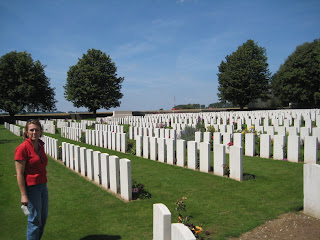I have very little interest in vehicles, unless, of course, you’re talking about a big SUV or four wheel drive pickup. My husband, however, has always dreamed of having a little sporty car. The move to Europe has enabled him to tap into a huge market of available ‘import’ cars. He spent weeks researching, finally deciding on a BMW. He found a great car in Dusseldorf, Germany, about a two hour drive. Import regulations for Canada require a vehicle be at least 15 years old in order to avoid modification requirements. Perry was able to find a 15 year-old, two- door black coupe in immaculate condition with very low mileage. Very –well maintained, brand-new tires. You could eat off the engine. Even I was impressed.
In order to register a vehicle in Belgium, it must meet safety requirements. This vehicle had been inspected in Germany; however, we had to have it done here as well. Belgium has different rules.
FYI, every car has a speed rating. This particular car has a speed rating of 220 km/hr. Not that we will ever drive 220 km/hr, but that matters not. The speed limit in Belgium is 120 km/hr. It matters not. Before the car could be safety passed, we had to put another set of tires on it. That done, the car passed. Now we are able to register the car. FYI, there is no such thing as ‘temporary’ registration in Belgium. And it takes two weeks to get the plates. Finally, they arrived yesterday.
Today, he was finally able to drive it to work. :)
























